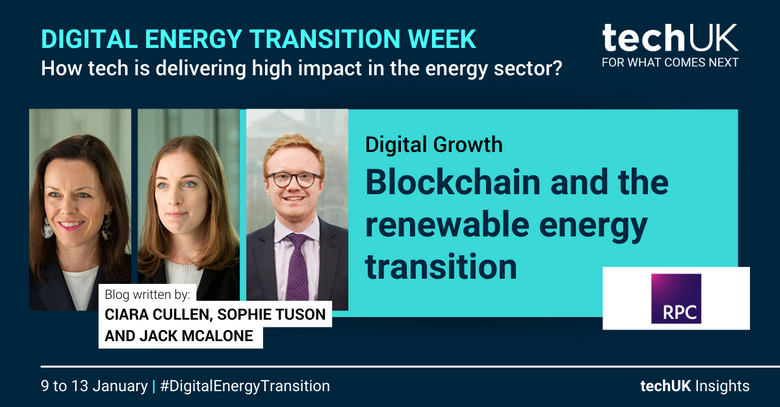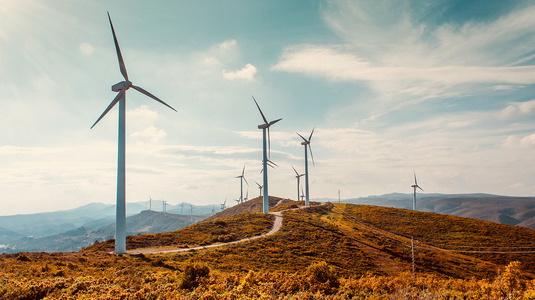Blockchain and the renewable energy transition (Guest blog by RPC)

Blockchain and the renewable energy transition
As part of the global energy transition, there is a proliferation of businesses publicly committing to decarbonise their operations to help reach net zero. Many of the businesses leading the way in this transition are now looking to become '24/7 carbon-free' by eliminating carbon emissions entirely from their energy supply. However, for these businesses, tracking and evidencing that the energy they use is truly free from carbon (e.g. to support their net zero pledges or as part of their corporate reporting obligations) is a particular challenge: one which blockchain technology is helping to solve.
Using blockchain to trace the source of energy
A key challenge in the current energy system is tracing energy back from its point of consumption to its source. The so-called "energy mix" presents a significant obstacle to this energy traceability, as it makes it difficult for businesses to accurately identify the primary source of their energy. A growing number of tech companies are now offering a solution to this problem by using software, built on blockchain technology, to help businesses trace, and then certify, the origins of the energy they consume.
The technology works by using devices and software to link power plants where power is generated (e.g. a wind farm) to specific points of consumption (e.g. a datacentre), matching the amounts of power generated with the amounts of electricity consumed, for each hour of the day. These time-based energy transactions are then recorded on a blockchain which acts a digital notary to securely track all transactions. This enables businesses to certify where their electricity comes from as well as its carbon content. It can also help businesses to identify hours of electricity consumption which are not currently sourced by renewables (e.g. when the wind isn't blowing), so they can find alternative renewable energy suppliers for those periods. In this way, blockchain technology can help guarantee, in real time, that the electricity supplied and consumed is 100% renewable.
This is significant for businesses; it not only helps them achieve their decarbonisation goals by ensuring the energy they consume is carbon-free, but the transparency and credibility provided by recording energy transactions on a blockchain also helps them to evidence their net zero progress to both investors and customers (and to substantiate any related marketing claims).
Potential drawbacks of using blockchain
There are, however, some potential drawbacks of using blockchain technology. The first is its high energy use. For example, the proof-of-work model within the Bitcoin blockchain requires that all transactions are approved by the majority of participants, which consumes a vast amount of energy. However, this can be mitigated by using a 'proof of authority' consensus model, whereby a few trusted nodes on the network are tasked with verifying inputs. While this may compromise the decentralised nature of blockchain technology, it would still create a more open and transparent energy supply chain than currently exists.
Another potential issue is scalability. Energy supply chains have millions of users and certain forms of blockchain technology will not be able to operate sufficiently quickly with an enormous number of users. Again, though, this can be addressed by using different consensus models. Researchers are also developing new technology to increase the amount of data that can be added at once, and some blockchains claim to now be able to process 40,000 transactions per second.
Conclusion
Despite these potential challenges, the opportunities offered by blockchain to support the transition to renewable energy are significant. As businesses come under increasing pressure and scrutiny from regulators, investors and customers to decarbonise their energy supply, blockchain offers a valuable tool to both accelerate this transition and to credibly report their progress.
Get involved with our work
All of techUK’s work is led by our members – keep in touch or get involved with our work on transport and infrastructure by joining our groups.






